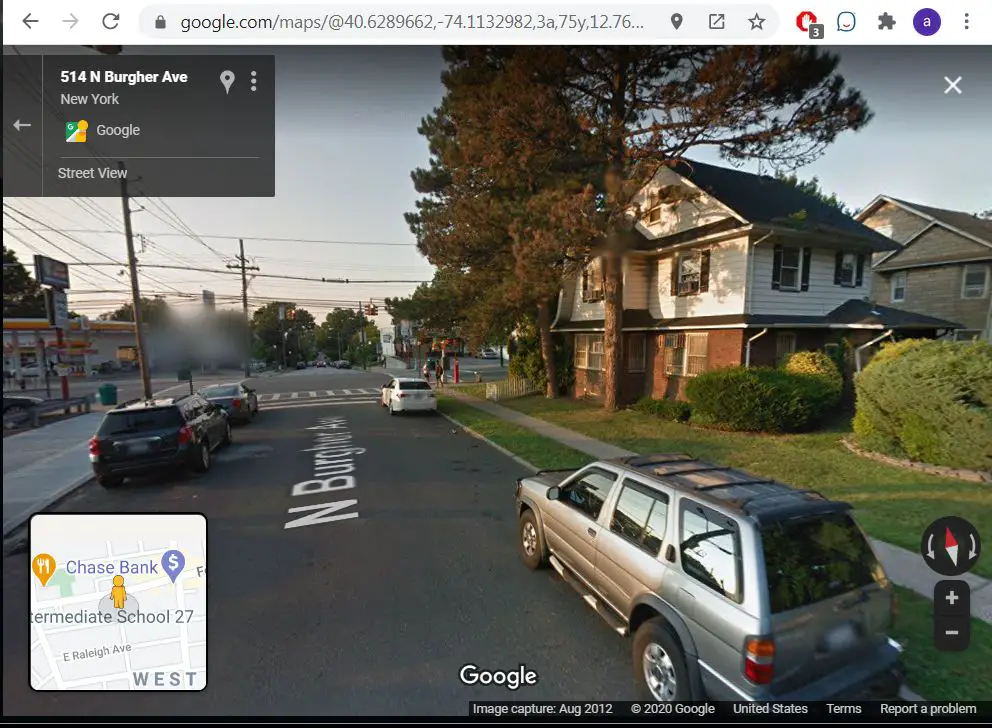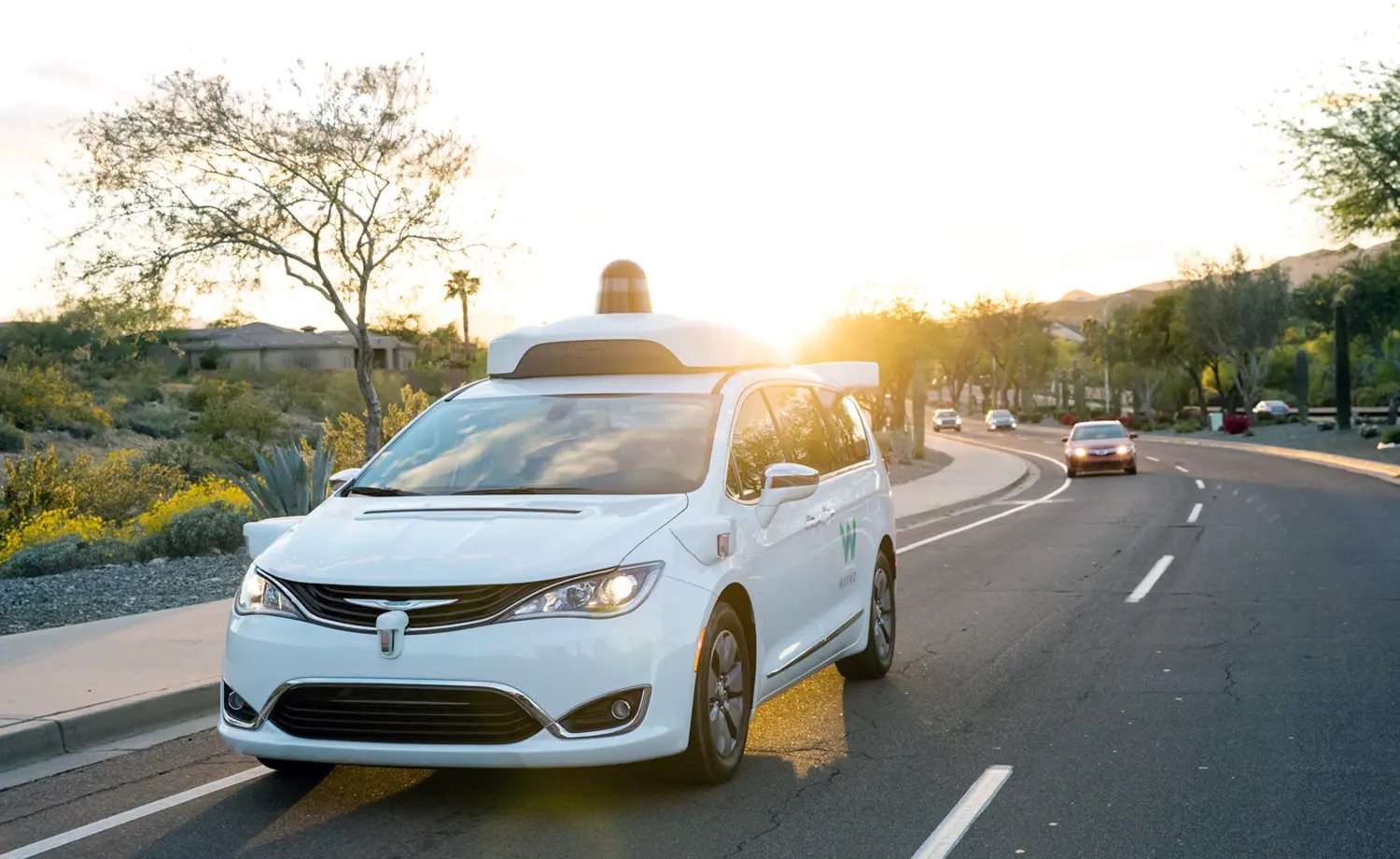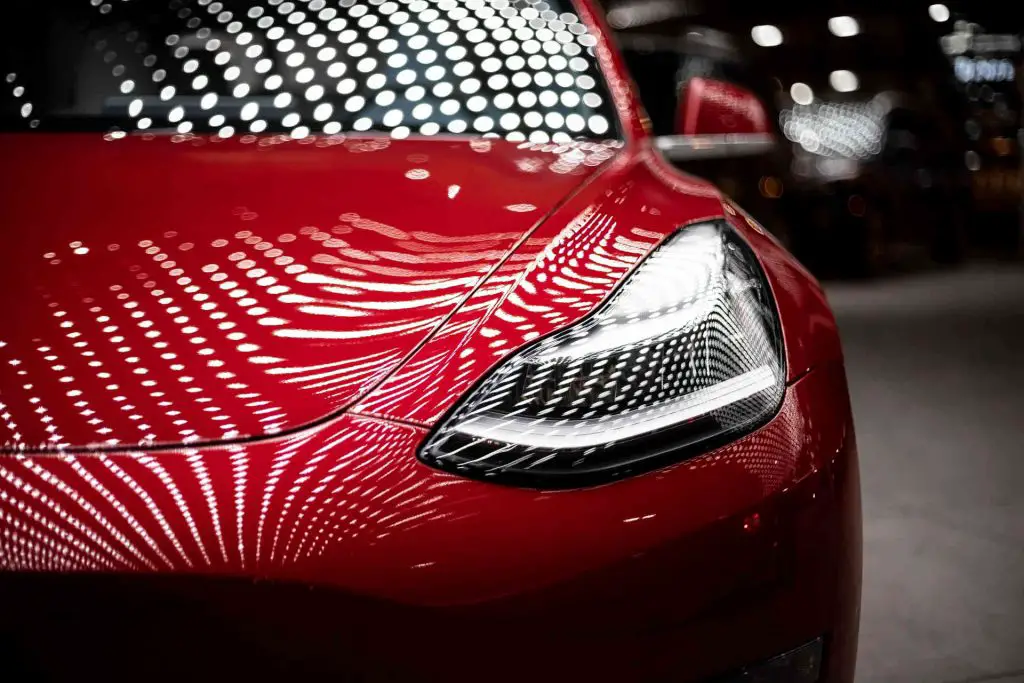On the fourth-quarter Tesla earnings call in 2020, CEO Elon Musk said even if someone gives Tesla free LiDAR, they will not use it.
So why doesn’t Tesla use LiDAR? According to Tesla and Elon Musk, it’s because LiDAR is expensive, redundant, unreliable. Tesla Cameras and its neural net computer can reconstruct a 3D world view around a Tesla vehicle, which makes LiDAR nonessential. Moreover, LiDAR-based autonomy depends on 3D HD maps, which makes scalability very challenging.
There are mainly two approaches to solve the self-driving problems for vehicles.
- Camera Vision-based approach.
- LiDAR and 3D HD Maps approach.
Tesla and CommaAI are pursuing vision-based autonomy. Whereas, Waymo, Uber, Cruise are pursuing LiDAR and 3D Maps based autonomy.
Tesla’s key argument against LiDAR:
Tesla CEO Elon Musk and Andrej Karpathy — Director of AI at Tesla — both mention that we humans have two eyes and can drive anywhere. And roads are designed for visual navigation. Therefore, a computer that mimics vision-based human driving — neural network (NN) — can effectively drive a vehicle on the public road provided we develop and train this NN with sufficient real-world data. Therefore, Tesla does not need LiDAR in its cars.
However, it’s not the only reason Tesla decided not to include LiDAR. There are other reasons, too, as described below.
LiDAR-based Autonomy is a specialized solution:
Tesla is trying to solve autonomous driving with vision. LiDAR without HD maps is not useful. LiDAR is not the problem; HD Maps is the issue.
Many people say that Google made “Google Maps,” and they also have street view. So, they can easily create HD maps. Unfortunately, the creation of 3D HD maps is not as easy as it seems.
First, Google alone did not make “Google Maps.” Hundreds of thousands of worldwide volunteers worked on that project. Those volunteers added streets, name, direction, bicycle path, hiking path, buildings, and many other things. Many of them still do. Despite these, we regularly find wrong data on Google Maps. For example, a few days ago, we visited Niagara Falls, NY, and google maps directed us to the wrong way of a one-way street.

Second, the street view data is not updated regularly. For example, this street view of Staten Island shows 8-year-old data.
Street view is nothing but 360-degree photos. But HD maps are 360-degree 3D world views. To map a small area, you need specialized mapping equipment and engineers to make this HD Map. Each centimeter of a site is 3D mapped and validated by engineers. It’s a resource-intensive process. For example, in the Waymo HD maps, engineers have to manually mark each driveway so that Waymo Autonomous Car doesn’t think it’s a road. It’s why Waymo vehicles are only in select few cities and work in a geofenced area that is pre-mapped.
Those Level 5 Waymo Autonomous taxis do not work outside their pre-mapped area.
So, the question, how is Waymo going to 3D map every street in the US? What about Europe, Asia, or China?
Therefore, Waymo Level 5 autonomous taxi for certain cities is a specialized solution. Elon Musk calls it Local Maxima. The scalability of this type of Autonomy is very expensive and challenging.
But Tesla wants to provide an Autonomous system that works everywhere on any road in the world. So, they can’t rely on LiDAR-based autonomy, which is not a general solution.
LiDAR dependent autonomy needs cameras too:
An autonomous vehicle that depends on LiDAR also needs cameras. It’s because LiDAR can’t see colors and can’t distinguish between many different objects. For example, to monitor traffic lights, it needs cameras.
Therefore, they use LiDAR to measure the distance and velocity of different vehicles, objects, and pedestrians. And they use cameras to distinguish traffic lights, read signs, recognize pedestrians, etc. So, these companies are also solving computer vision.
Elon Musk argues that Tesla uses computer vision and creates a 3D world view with only cameras. Therefore Tesla does not need LiDAR.
Cameras can create a 3D world view:
The key argument for LiDAR is it can create a 3D world view around a car. Thus it’s required for safety and Autonomy.
However, in 2019 Tesla posted the following video on its Twitter account. They showed that Tesla AI computers on its cars could create a 3D world with only a few seconds of video from their cars camera. Therefore, LiDAR is redundant and unnecessary on Tesla vehicles.
Elon Musk also a LiDAR expert:
Many in the autonomous vehicle industry criticize Elon Musk for not using LiDAR in Tesla vehicles. The criticizing articles always have a title like this “Elon believes LiDAR is unnecessary, but experts disagree.” This type of titles implies that –
- Elon Musk does not know what he is doing.
- Elon Musk is not an expert on LiDAR.
So, who are these LiDAR experts? Those who are working in the LiDAR manufacturing industry, companies that are trying to develop self-driving technology, and university professors.
SpaceX, which Musk founded in 2003, uses LiDAR in its Dragon capsule that ferries humans and cargo to the International Space Station (ISS). SpaceX designs and makes their LiDARs, and Elon spearheaded that engineering project. He is also the chief engineer at SpaceX. So, Elon Musk knows what he is talking about.
On the Tesla Autonomy Day 2019 1, Elon revealed that internally Tesla tested and tried to achieve Full Autonomy using LiDAR and HD maps. But, they discarded that project quickly. According to him, LiDAR and HD maps give a false sense of progress, a crutch, and a fool’s errand.
According to Elon, LiDAR is compulsory on the Dragon capsule, but it’s a stupid idea for on-road vehicles.
LiDAR is expensive, but it’s not the reason:
Every new technology is costly. Over time, the price comes down as technology progresses. For example, nowadays, we can buy a decent smartphone for only $200, whereas the first mobile phone — Motorola DynaTAC — was $3,995 in 1984.
Though LiDAR is costly now, the price is dropping fast. After only a few years, we expect solid-state LiDAR to become cheap enough to install in an autonomous vehicle economically.
But Tesla can’t wait for this LiDAR price drop. Each quarter they are selling hundreds of thousands of vehicles. Therefore they need an alternative solution to vehicle autonomy that excludes LiDAR.

LiDAR is ugly:
Though we see a lot of progress on LiDAR technology, still LiDAR equipped vehicles are ugly. Furthermore, we need multiple LiDARs in each vehicle. It’s not impossible but tough to design a vehicle with LiDAR that looks attractive.
Tesla does not want to compromise on the design of its cars. According to Elon Musk, it’s easy to design a beautiful unfunctional product or a functional but ugly product. However, it’s incrementally hard to develop a beautiful and functional product.
Conclusion:
Tesla, Waymo, Uber, and other companies are trying to solve the same problem — Self-Driving Technology — with different approaches. Tesla is trying to solve vision does not mean Waymo has to dump LiDAR or Waymo uses LiDAR does not mean that Tesla also has to do it. There’s no rule that every company has to crack autonomy the same way.
It does not matter whoever first solves the autonomy; we, the consumers, are the winners.
